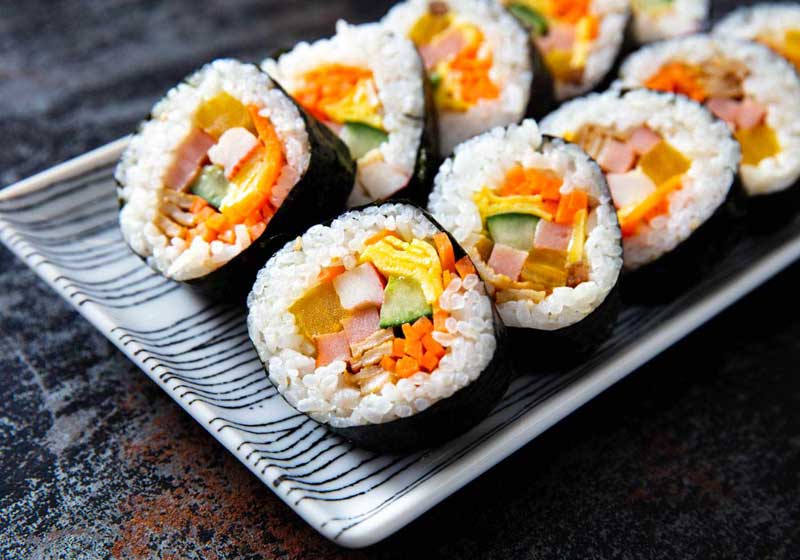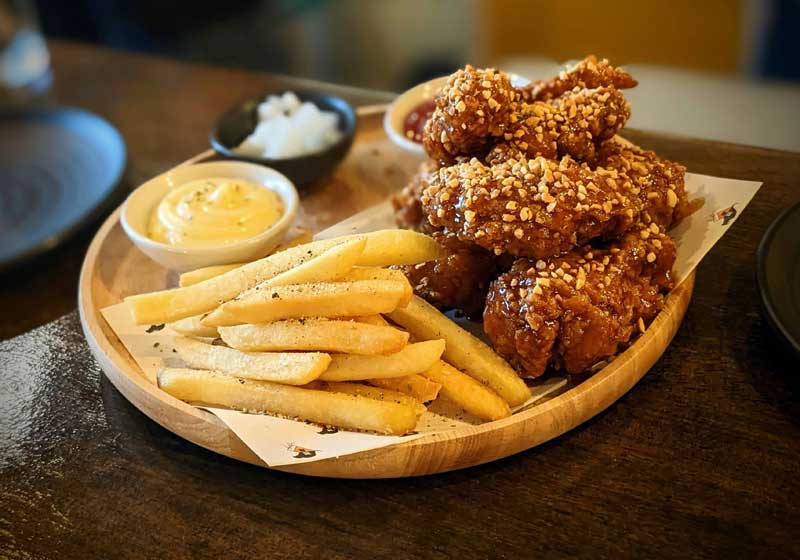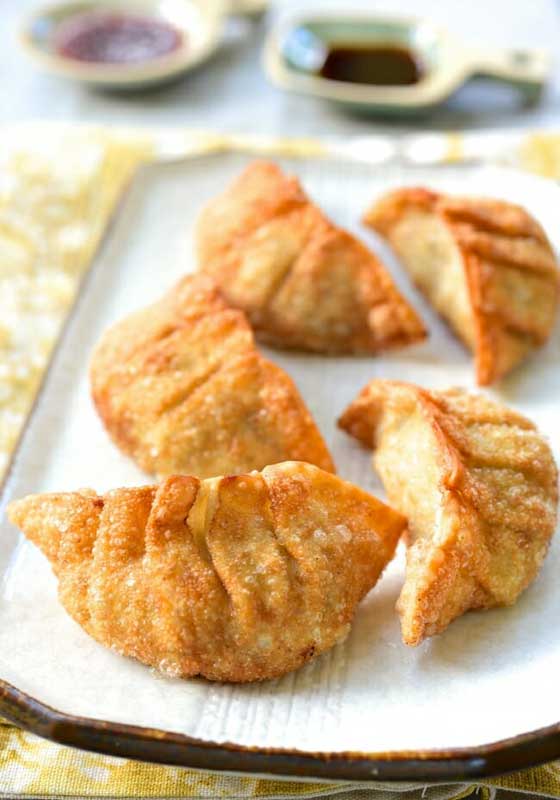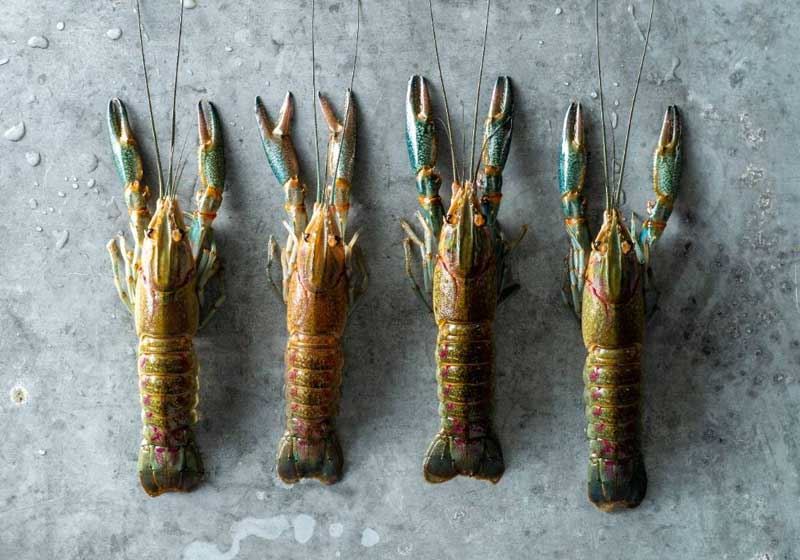By Marie-Antoinette Issa.
While Korean cuisine is known for its bold flavours, fermented staples and deeply satisfying comfort foods, the Land of the Morning Calm also has a way of taking globally loved dishes and giving them a wholly unique makeover.
These aren’t fusion foods; they’re interpretations with soul (or should that be Seoul), built from tradition, bursting with flavour and just different enough to surprise your palate in the best way.
Kimbap: Korea’s Take on Sushi Rolls
At first glance, kimbap might look suspiciously like a classic Japanese sushi roll. It’s wrapped in seaweed, sliced into neat rounds and served cold - but, take a bite and discover the difference.

Kimbap is all about the ensemble cast of ingredients rather than a singular focus on raw fish. The rice is seasoned with sesame oil (rather than vinegar), giving it a nutty depth and the fillings are typically cooked - think marinated beef bulgogi, sautéed spinach, pickled radish, egg strips and carrots.
There’s no wasabi or soy sauce for dipping; the flavour is built in. It’s a snack often packed into picnic lunchboxes or sold at street stalls, making it more everyday fare than fine dining.
Where sushi is often minimal and delicately flavoured, kimbap is bold, hearty and portable - Korea’s answer to the grab-and-go roll.
Korean Fried Chicken: Extra Crunch, Extra Crave
Fried chicken is beloved around the world, but Korean fried chicken (yangnyeom tongdak, if you want to sound out the Korean word for KFC) takes things to a whole new level. The method? Fry it once, let it rest, then fry it again.

This double-fry technique results in a shatteringly crisp skin that miraculously holds up - even when it’s doused in sticky, spicy-sweet sauces.
Unlike its Southern American counterpart, which leans heavily on seasoning in the flour and is often paired with sides like coleslaw and biscuits, Korean fried chicken is all about texture and sauce.
The flavours can range from garlic soy to fiery gochujang, with many diners chasing the perfect sweet-spicy balance. It is often served with pickled radish cubes and washed down with an icy cold beer. In fact, the term ‘chimaek’ - a combo of chicken and maekju or beer - is practically a national pastime.
Crunchier, saucier and just a little more dramatic - Korean fried chicken is the dish that proves sometimes more is more.
Mandu: Korea’s Dumpling with a Personality
Dumplings are a staple across many Asian cuisines, but Korean mandu stands out thanks to its generous size and flavour-packed filling. While Chinese dumplings might feature pork and chive or delicate prawn mixes, mandu often combines ground meat with tofu, mung bean noodles (dangmyeon), kimchi and vegetables. The result is a heartier, more textured bite.

Mandu can be steamed (jjin-mandu), pan-fried (gun-mandu), or boiled in soup (mandu-guk) and are especially popular during Korean New Year. The wrappers are usually a bit thicker, making them substantial enough to be a full meal rather than just a side or snack.
In Korea, mandu - comforting, filling and bursting with personality - is another example of how the familiar is reimagined to make for a truly unique local take on a much-loved global meal.
Korean Toast - Breakfast, but Better
No list of ‘same same but different’ dishes would be complete without Korean street toast. While a simple sandwich might seem universal, the Korean version (gilgeori toast) takes breakfast on the go to a sweeter, crispier place.

Imagine thick white bread, griddled with butter until golden, sandwiching an omelette-style egg mixed with shredded cabbage and carrots, plus a slice of ham, a square of processed cheese, a sprinkle of sugar and a generous drizzle of ketchup or mayo. The result is a wild, savoury-sweet symphony that shouldn’t work - but absolutely does.
Where a Western breakfast sandwich might focus on bacon and eggs with minimal fuss, Korean toast leans into unexpected combinations and textures. It’s a quirky twist on the morning meal that’s deeply nostalgic for many Koreans and a delightful discovery for newcomers.








